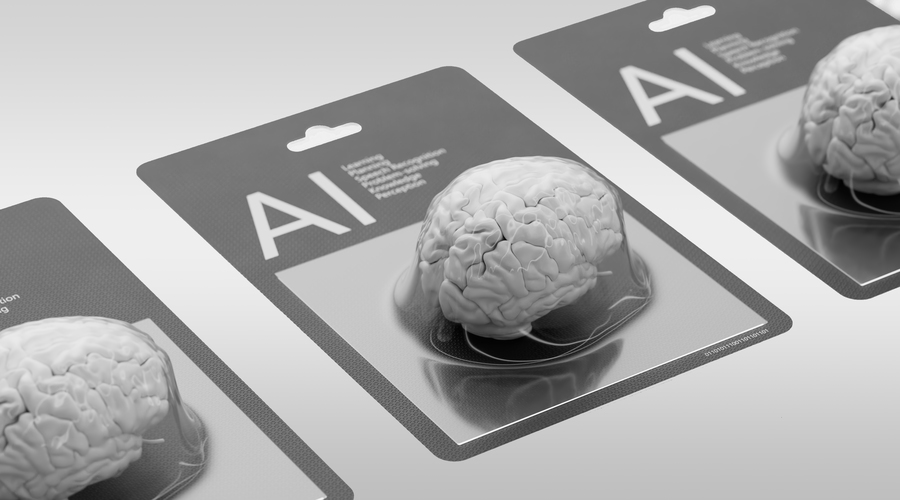
(3 min read)
The EU AI Act - the world’s first comprehensive law on artificial intelligence - is already in effect across the EU, with its provisions being implemented in phases. Provisions concerning prohibited AI practices and AI literacy have been in force since 2 February 2025.
On 2 August 2025, additional provisions will take effect, including those related to general-purpose AI (GPAI) models and penalties. As businesses navigate this transformative regulation, understanding its requirements is crucial.
The EU AI Act categorises AI systems into four risk levels - minimal, limited, high, and unacceptable - requiring organisations to assess and adapt their use of AI accordingly. It also prohibits certain AI practices, such as:
- Purposeful manipulation of behaviour
- Exploiting vulnerabilities
- Social scoring
- Real-time remote biometric identification
Certain AI applications are classified as high-risk AI systems and face the most stringent compliance obligations. This category includes AI systems used in recruitment and credit scoring.
Planning an AI compliance programme involves steps such as identifying AI systems, conducting risk assessments, and creating tailored policies to ensure compliance.
Are you prepared for the changes ahead? Our full brochure provides detailed guidance on the EU AI Act, including actionable steps to align your organisation with its requirements.











